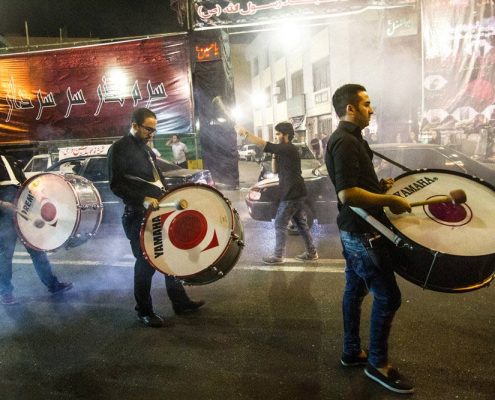
Muharram in Iran: Visiting Iran during Muharram & Ashura
/
0 Comments
Muharram is the first month of the lunar year, which, for Muslims,…
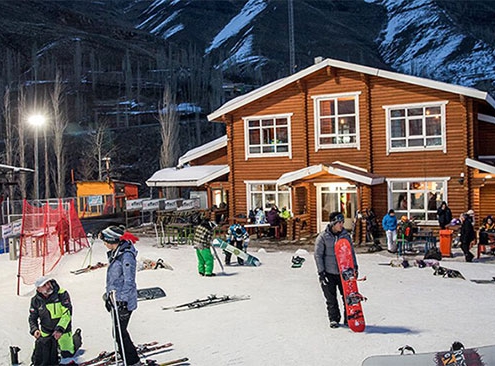
Best Iran Winter Destinations + Photos
Iran is known as the land of four seasons due to its special…
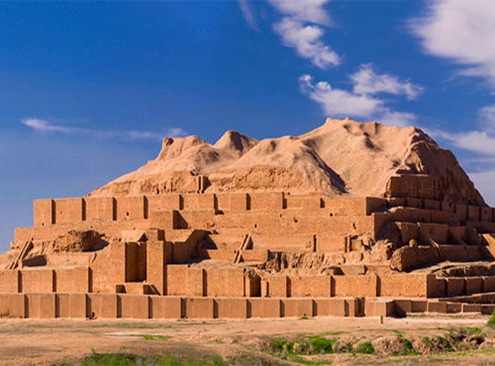
Chogha Zanbil Ziggurat, the Pyramids of Iran
What do you know about the first Iranian historical monument…
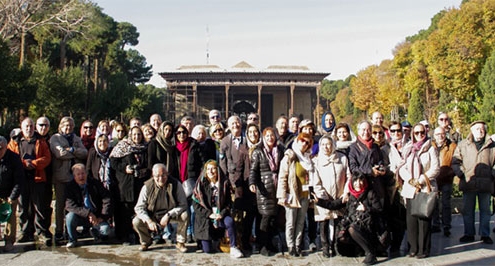
Can you travel to Iran as an American?
Wondering whether U.S. citizens can travel to Iran or not?…

Saffron harvest season in Iran + Harvesting video
By early November, many farmworkers including women and men are…

Classic Persian Recipes + Photos
More than 3000 years have passed for Persian Cuisine to become…
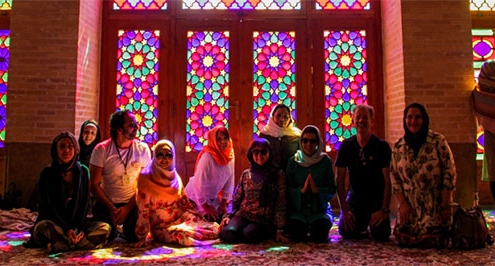
Solo female travel in Iran: Tips & Guides
Solo female travel in Iran is a great experience, but it requires…
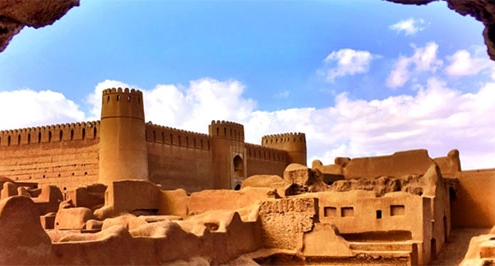
Kerman attractions infographic
In one of the hottest provinces of Iran, such beauty and splendor…

Must-see Attractions in the North of Iran + Photos
The Northern of Iran is rich in terms of attractions. Having…

Tehran attractions infographic (Districts 1-3)
As a metropolitan which has been the capital of Iran for over…
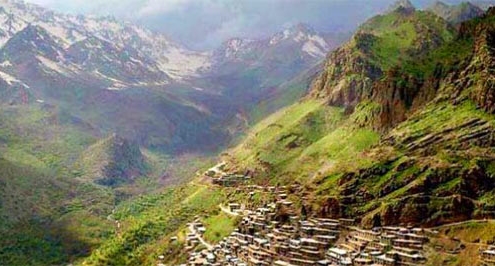
Things to do in Kurdistan + Photos
If you are looking for a peaceful trip with beautiful landmarks…
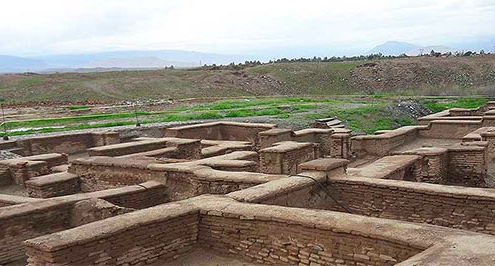
Jiroft civilization: The craddle of civilization in Iran + Photos
The 5000-year-old civilization of Jiroft is one of the most unknown…

Tehran attractions infographic (district 12)
You don't have enough time to visit the whole big city of Tehran?…
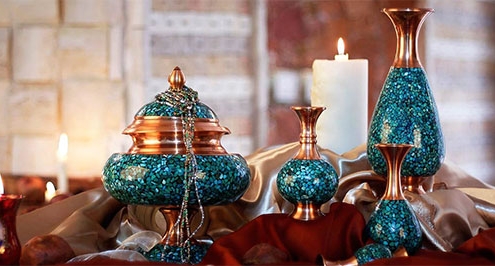
Iran Souvenir: 7 Top souvenirs to buy in Iran
From now on you don’t need to worry about what you actually…
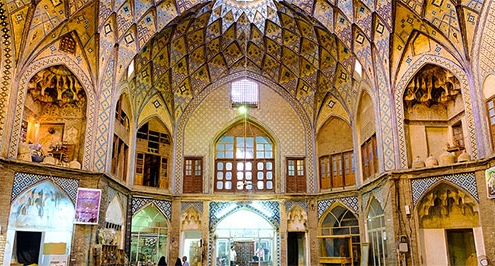
Best places for shopping in Iran + Photos, Timing
There is a fact that shopping is good for mental health. So,…
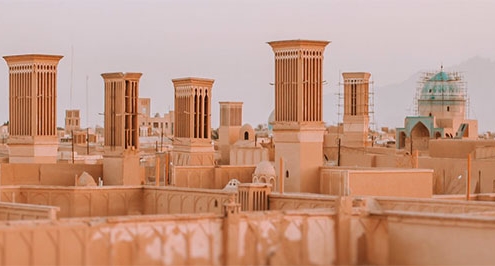
Yazd attractions infographic
Yazd, also well-known as the city of windcatchers, is located…

Iranian Caviar: Black Pearl of the Caspian Sea
The Caspian Sea is home to a variety of fish and aquatic creatures,…
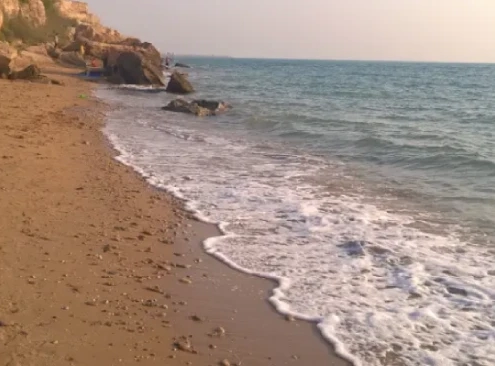
Things to do in Bushehr (Photos, info)
The lovely city of Bushehr is famous for its impressive and peaceful…


